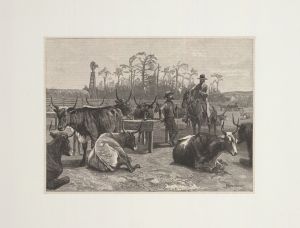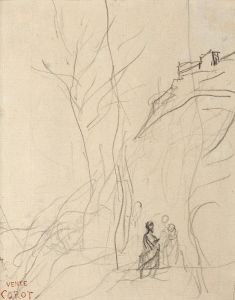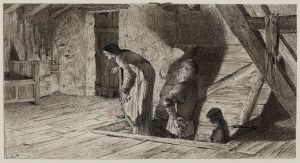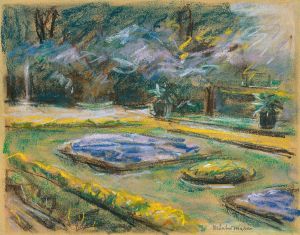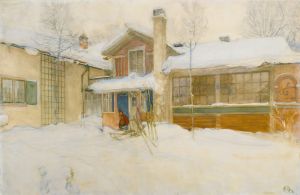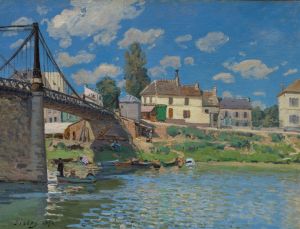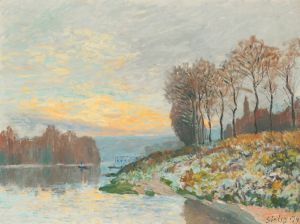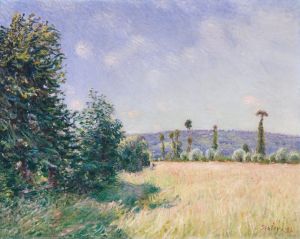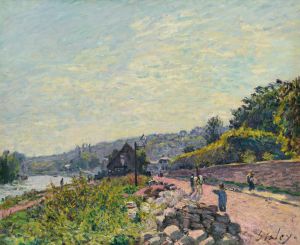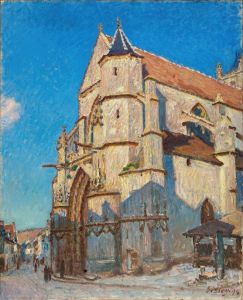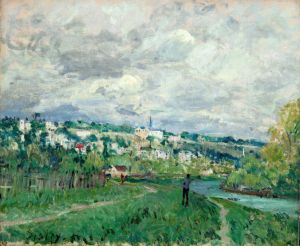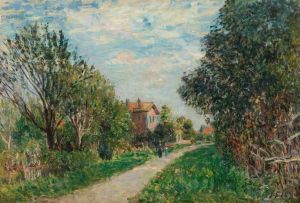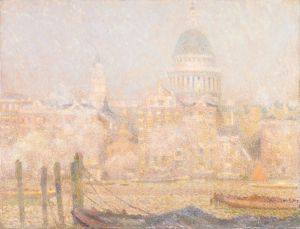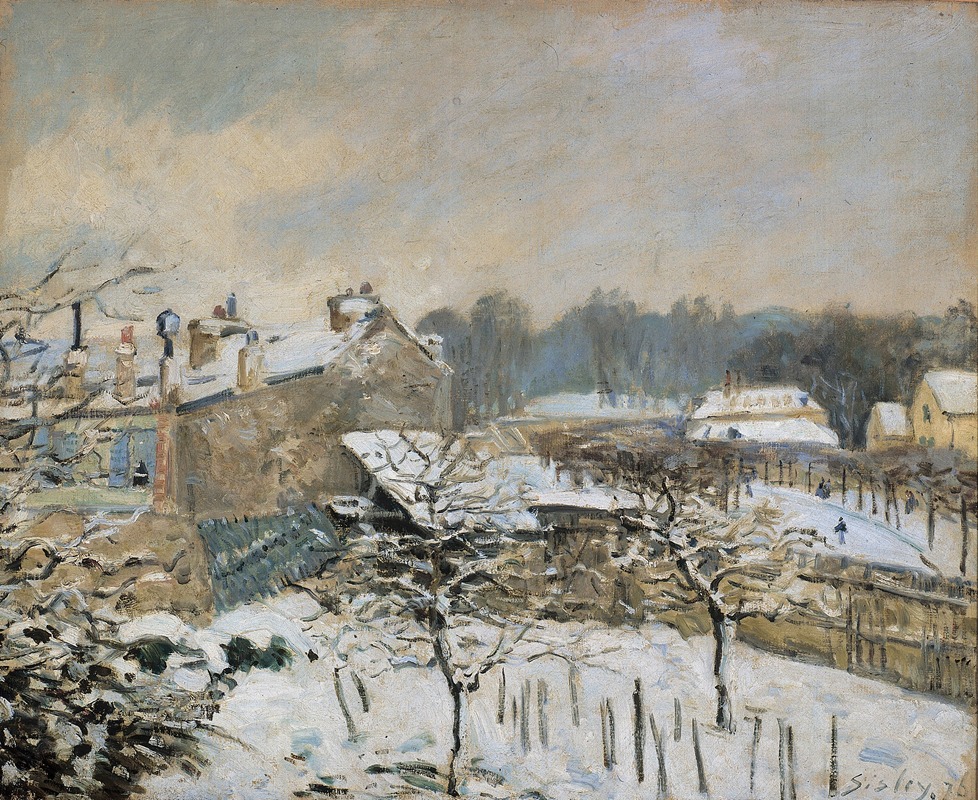
Effet de neige à Louveciennes
A hand-painted replica of Alfred Sisley’s masterpiece Effet de neige à Louveciennes, meticulously crafted by professional artists to capture the true essence of the original. Each piece is created with museum-quality canvas and rare mineral pigments, carefully painted by experienced artists with delicate brushstrokes and rich, layered colors to perfectly recreate the texture of the original artwork. Unlike machine-printed reproductions, this hand-painted version brings the painting to life, infused with the artist’s emotions and skill in every stroke. Whether for personal collection or home decoration, it instantly elevates the artistic atmosphere of any space.
Effet de neige à Louveciennes (Snow Effect at Louveciennes) is an oil painting created by the French Impressionist painter Alfred Sisley in 1874. Sisley, a prominent figure in the Impressionist movement, is widely recognized for his landscape paintings that capture the transient effects of light and atmosphere. This particular work is a quintessential example of his ability to depict the natural world with subtlety and sensitivity.
The painting portrays a snow-covered scene in Louveciennes, a small village located west of Paris. Louveciennes was a frequent subject in Sisley’s work during the early 1870s, as he lived in the area for several years. The village and its surroundings provided Sisley with a variety of landscapes that he painted in different seasons and weather conditions. In this piece, the snow-covered ground and trees are rendered with soft, muted tones, creating a tranquil and serene atmosphere. The composition is characterized by its delicate interplay of light and shadow, which conveys the crisp, cold quality of a winter day.
Sisley’s technique in this painting reflects the hallmarks of Impressionism. He used loose, fluid brushstrokes to capture the fleeting effects of light on the snow and the surrounding environment. The limited color palette, dominated by whites, grays, and subtle blues, enhances the sense of harmony and quietude in the scene. The painting does not focus on specific details but rather emphasizes the overall mood and impression of the landscape.
Effet de neige à Louveciennes was created during a pivotal period for the Impressionist movement. In 1874, the first Impressionist exhibition was held in Paris, marking a departure from the traditional academic art standards of the time. Sisley, along with artists such as Claude Monet, Pierre-Auguste Renoir, and Camille Pissarro, participated in this exhibition, showcasing their innovative approach to painting. While Sisley’s work was not as commercially successful during his lifetime as some of his contemporaries, his contributions to the movement have since been widely recognized.
Today, Effet de neige à Louveciennes is considered one of Sisley’s notable works, exemplifying his mastery in capturing the ephemeral beauty of nature. The painting is held in the collection of the Musée d'Orsay in Paris, where it is displayed alongside other masterpieces of 19th-century art.





